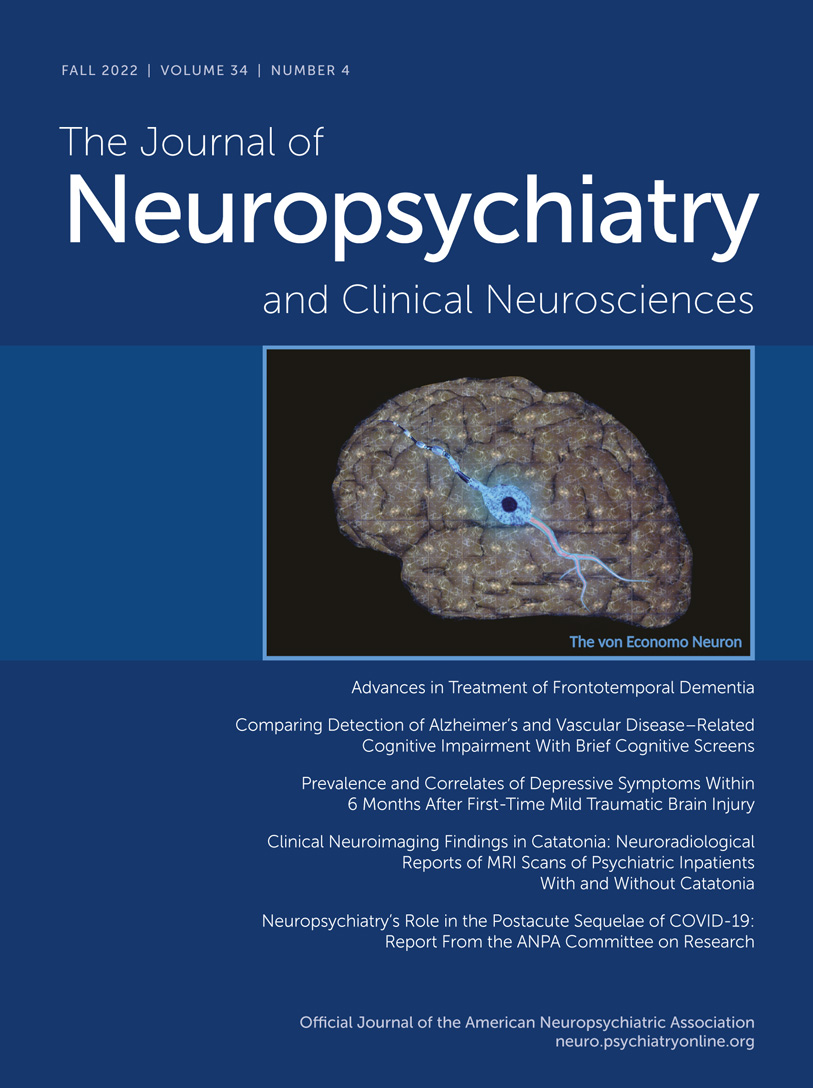Advances in Treatment of Frontotemporal Dementia
Abstract
In this review, the authors explored the clinical features of frontotemporal dementia (FTD), focusing on treatment. The clinical features of FTD are unique, with disinhibition, apathy, loss of empathy, and compulsions common. Motor changes occur later in the illness. The two major proteins that aggregate in the brain with FTD are tau and TDP-43, whereas a minority of patients aggregate FET proteins, primarily the FUS protein. Genetic causes include mutations in MAPT, GRN, and C9orf72. There are no medications that can slow FTD progression, although new therapies for the genetic forms of FTD are moving into clinical trials. Once a diagnosis is made, therapies should begin, focusing on the family and the patient. In the setting of FTD, families experience a severe burden associated with caregiving, and the clinician should focus on alleviating this burden. Advice around legal and financial issues is usually helpful. Careful consideration of environmental changes to cope with abnormal behaviors is essential. Most compounds that have been used to treat dementia of the Alzheimer’s disease type are not effective in FTD, and cholinesterase inhibitors and memantine should be avoided. Although the data are scant, there is some evidence that antidepressants and second-generation antipsychotics may help individual patients.



